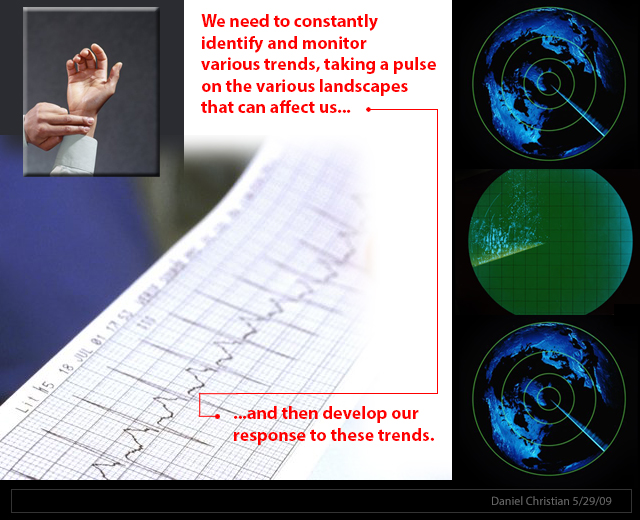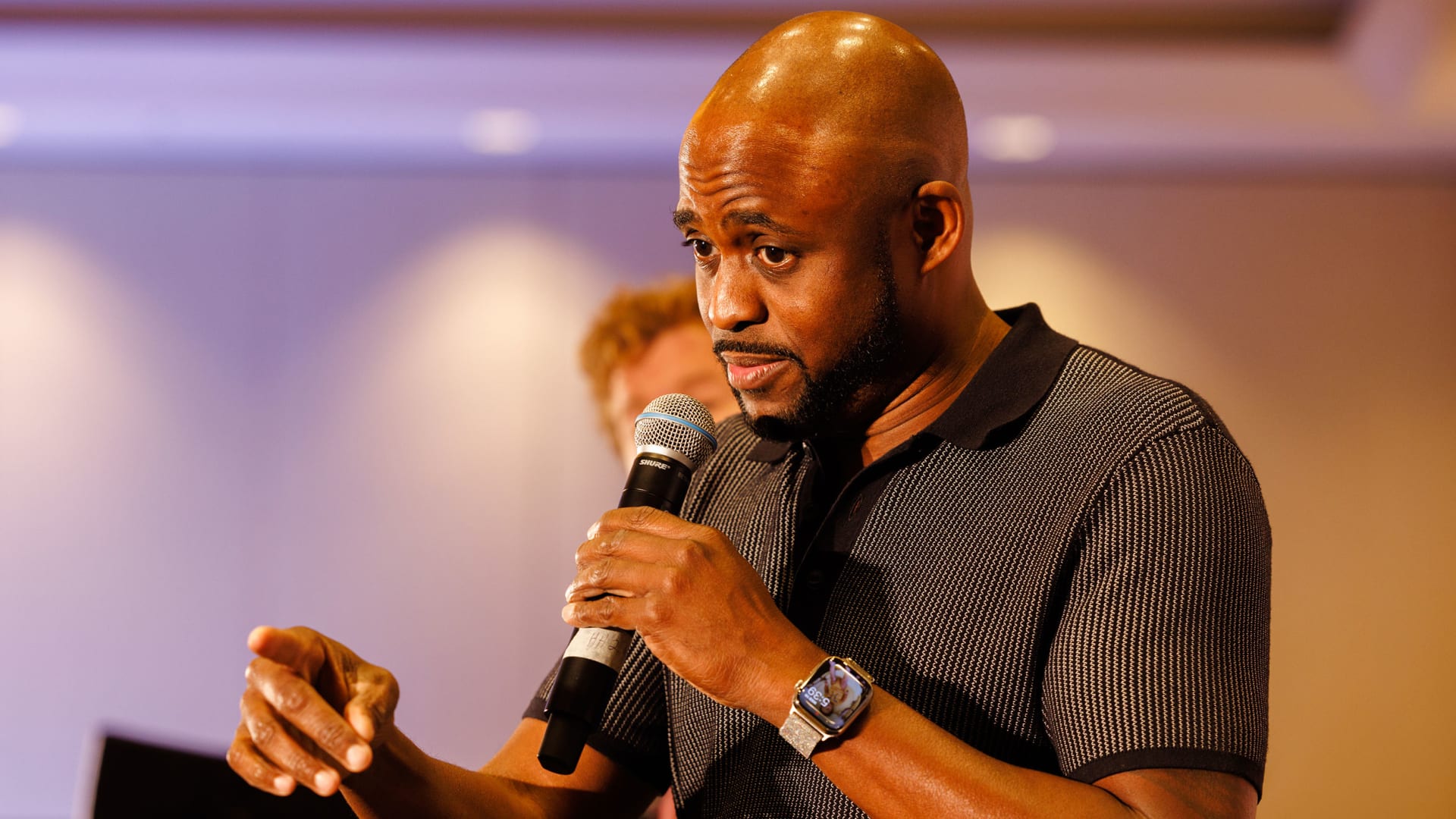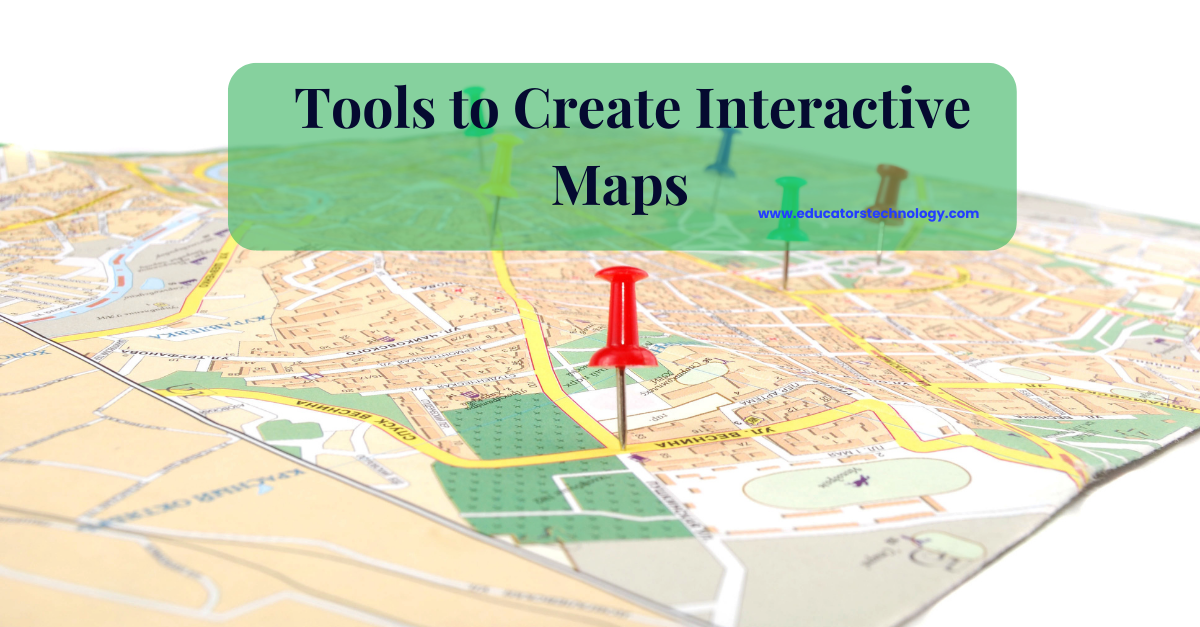What does the ‘metaverse’ mean for education? — from hechingerreport.org by Javeria Salman
Experts warn educators to think twice before jumping on new technologies
Excerpt:
Sometime in the past year or two, you’ve likely heard the word “metaverse.” It’s the future, the next big frontier of the internet, if you ask technology CEOs or researchers.
While the term has become the latest buzzword in education circles, what it means for teaching and learning largely remains to be seen. Experts say much of what we see marketed as the metaverse from education technology companies isn’t actually the metaverse.
…
In a true metaverse experience, your digital identity travels between the physical and virtual worlds, Platt said. With the help of blockchain technology, that identity — your preferences, your achievements, your educational records, other elements of who you are — is maintained across platforms and applications.














